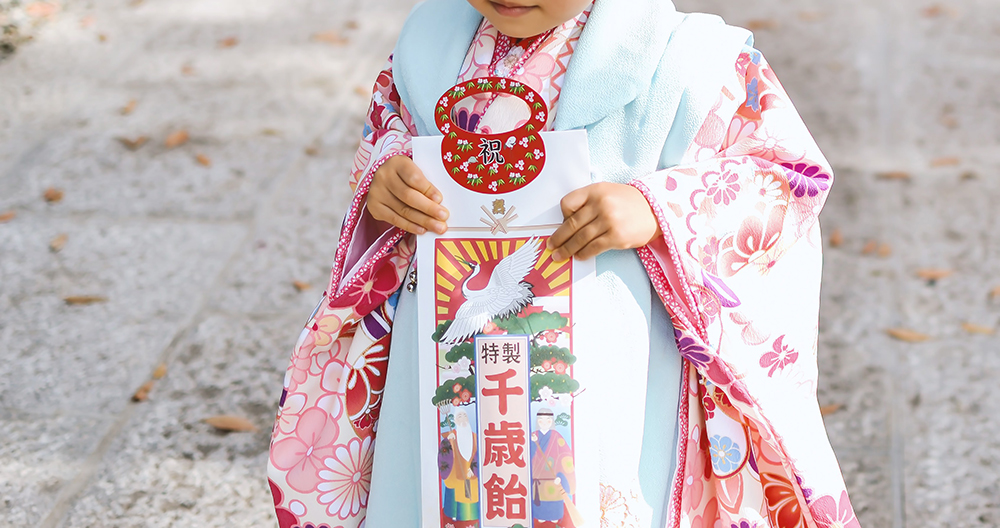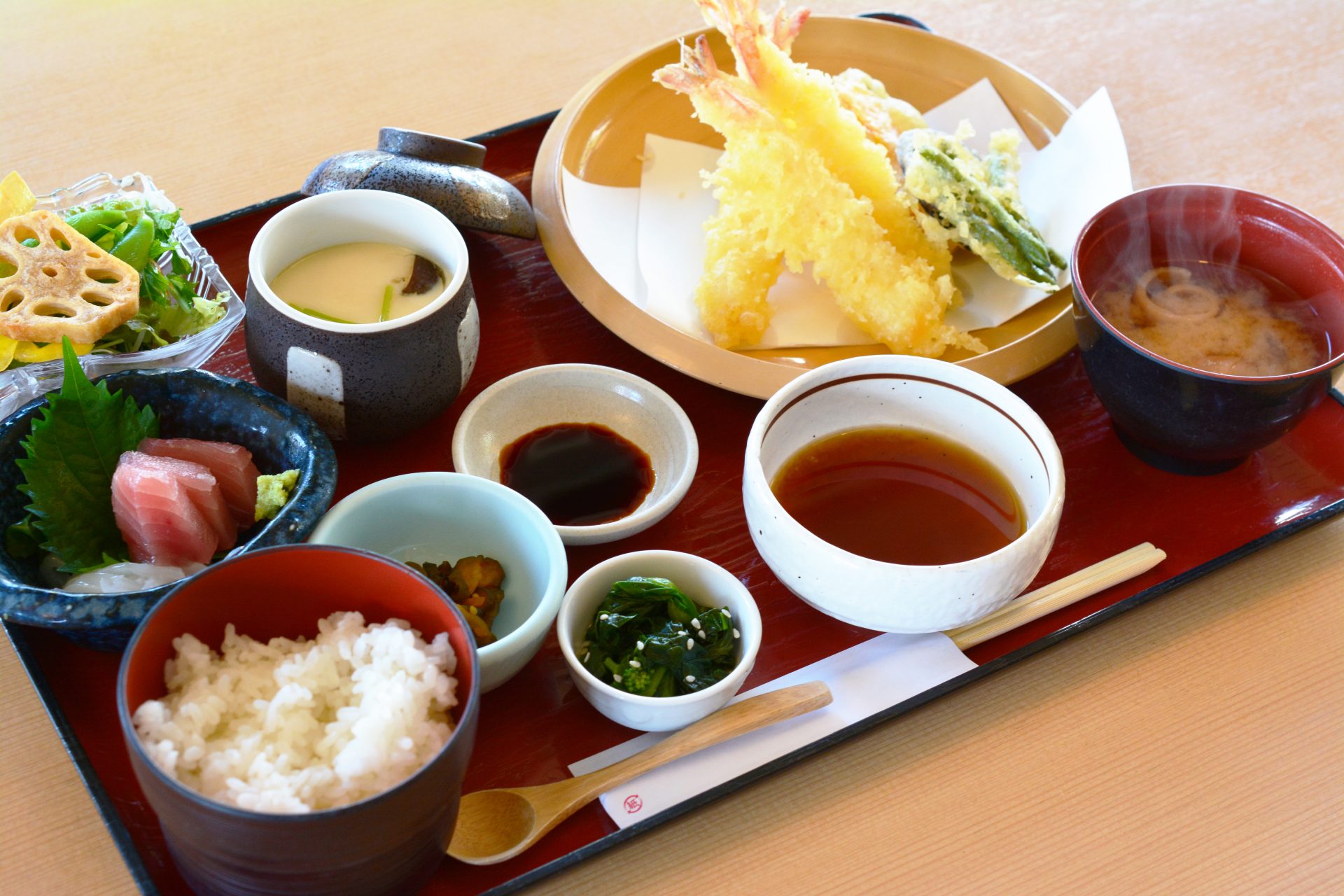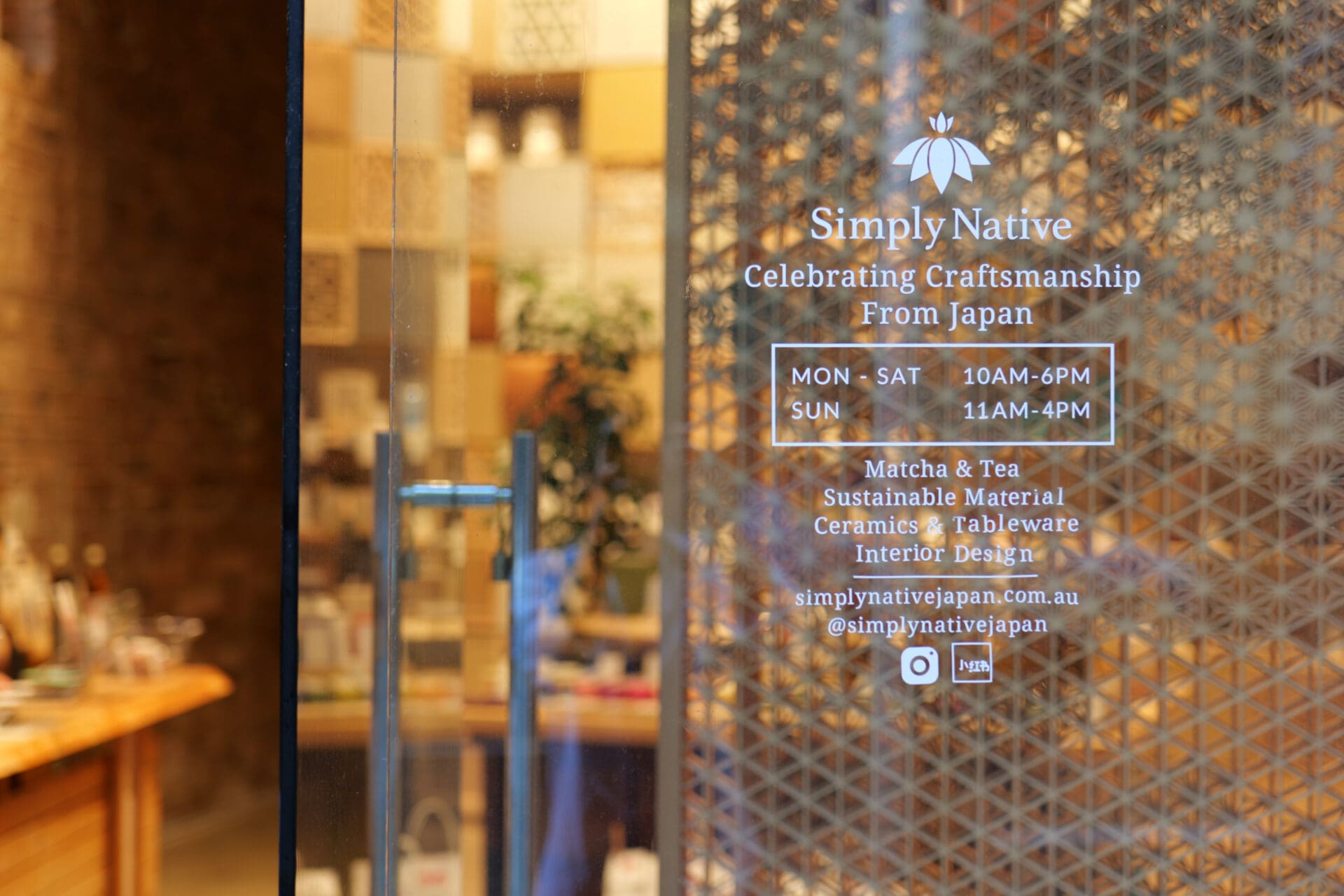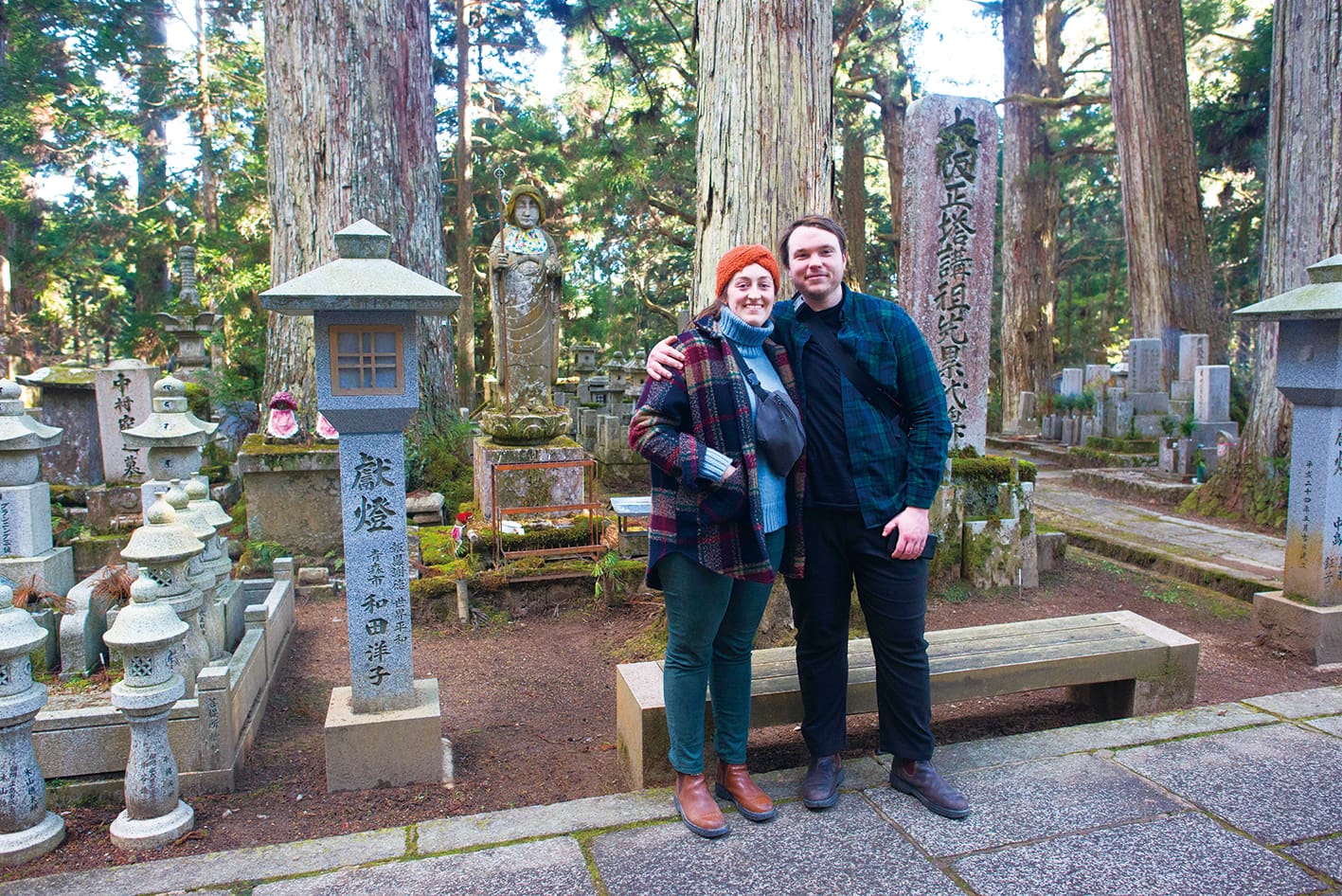
Rite of Passage day
Shichi-Go-San, literally ‘seven-five-three’, is an annual rite of passage day. Families visit a shrine and report to and thank the Shintō (神道) Gods that their child(ren) has/have reached the age of three, five or seven. They also pray for the health, growth, prosperity and happiness of their child(ren).
History
There are a few theories about the origin of Shichi-Go-San. The oldest theory says it originated in the Heian (平安) period (794–1191) after the capital moved from Nara (奈良) to Kyōto (京都). In those days, the infant mortality rate was still high and the nobles in particular would celebrate the passage of their children into middle childhood. This tradition was also taken up by the warrior (samurai 侍) class during the Muromachi (室町) period (1336–1573) and the rite spread from Kyōto to all over Japan.
Another theory is that during the early part of the Edo (江戸) period (1681), Tokugawa Tsunayoshi (徳川綱吉), the 5th Shōgun (将軍), celebrated the 3rd birthday of his son, Tokumatsu (徳松) who was a nominal head of the Tatebayashi (館林) castle and this rite was taken up by various lords throughout Japan.
According to the lunar calendar, which was used until the Meiji (明治) period (1868–1912), the 15th day of the month is a safe and lucky day because Oni (鬼), devils and goblins, don’t appear.
The 11th month of the lunar calendar is when farmers finish their harvest and thank Shintō Gods for their bumper crop. Nowadays, Shichi-Go-San is observed on the 15th of November, but it’s not a national holiday and people tend to celebrate and visit shrines on the weekend nearest to that day.
Traditional Dress
Parents are well aware that traditional kimono (着物) dresses for 3-, 5- and 7-year-old children won’t be worn after Shichi-Go-San, but they spend a considerable amount of money to buy kimono dresses fitting them and visit shrines together. So, you might encounter little princesses and princes in their ceremonial kimono dresses with their proud parents, usually wearing kimono, too, in many shrines on the 15th of November or thereabouts throughout Japan.
Chitoseame (千歳飴)
There is a special candy for Shichi-Go-San, called Chitoseame. Chitose means one thousand years and it is hoped that when children eat this candy, their longevity is guaranteed. It is usually thin, less than 15mm in diameter, but long, up to a metre, with an average of 20–30cm. It is made of glucose and sugar in white and red colours which is considered to be a lucky colour combination. This candy is usually put into a long paper bag with either a crane and turtle design or a pine tree, bamboo and plum tree design, both considered to be auspicious.
Author
Shunichi Ikeda
BAS Hons (ANU)
MEd (SUNY at Buffalo)
Visiting Fellow, ANU College of Asia and the Pacific












